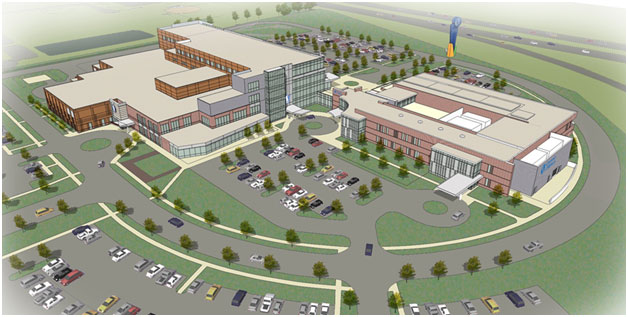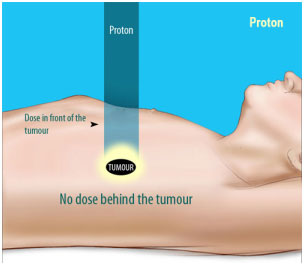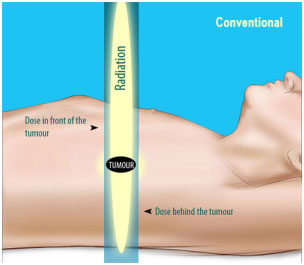Cincinnati Children’s is No. 1 in the 2023-2024 US News & World Report ranking for pediatric cancer specialties and also No. 1 overall for children’s hospitals. The health system has more than 1.6 million patient encounters annually, including care for rare or complex disorders. Cincinnati Children’s also boasts the world’s largest pediatric research building and is the largest center for new anticancer drug development for children.

To complement the existing programs and research already in place, Cincinnati Children’s Hospital has invested in an 80,000 square foot building to house a Proton Therapy Center with a state of the art Varian ProBeam pencil beam scanning system at its existing Liberty Township satellite hospital location which is located off of I-75 between Dayton and Cincinnati. The new building also contains an eleven-bed outpatient center for the Hospital’s Cancer and Blood Diseases Institute. At the same time as the Proton Center was being built, the Liberty hospital was adding 40 inpatient beds, including 12 dedicated to pediatric cancer patients.
Proton therapy is not a new treatment. In fact, the first patient to be treated with proton therapy was treated in 1954. The first hospital to offer proton therapy to its patients was Massachusetts General Hospital in 1961. What has changed since the early days of treatment is technology and delivery systems. Cincinnati Children’s has invested in the latest system available called Pencil Beam Radiation Therapy or PBRT. The facility and equipment represent a $120 million commitment from the Hospital to its patients; both domestic and international.
Different than conventional radiation treatments (often known as photons or x-rays), proton radiation stops after delivering its dosage to cancer cells and therefore spares the healthy surrounding tissue. This allows the treatment of tumors that are located next to critical organs such as the brain, heart, spinal cord and lungs as well as limiting damage to other growing cells. This is especially important when treating children whose organs are still forming and developing. Long term effects of radiation to areas other than the tumor include higher rates of secondary tumors and damage to other organs and tissues that are essential to living a full life. A study by investigators at Massachusetts General Hospital, pioneers in the field, discovered that only one patient treated with proton therapy out of 55 developed a secondary cancer compared to four patients who were treated with photon radiation. [Cancer, 2004].
Proton beam radiation is not suitable for all cancers and should be a decision made in conjunction with a team of physicians. Although, the vast majority of all pediatric cancers can be considered for this type of treatment.


Access to one of three fully furnished 2 bedroom apartments exclusively for Proton Therapy patients located within a mile of The Cincinnati Children’s Hospital Medical Center provides a peaceful refuge for patients and there family.
© 2024-2025 Bold and Brave Kid's Foundation